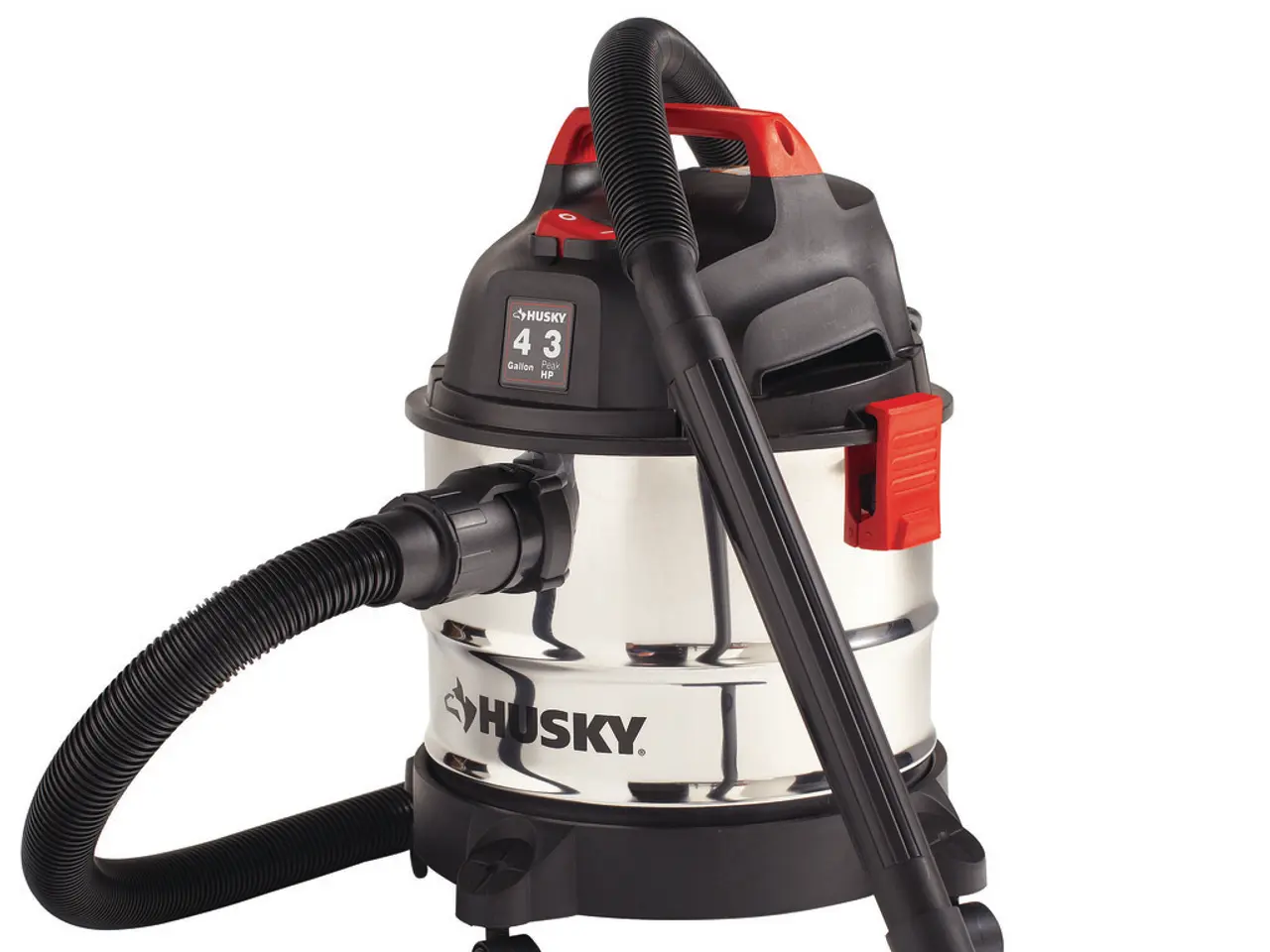Utilizing an Inhaler with a Spacer: Guidelines, Advantages, and Recommendations
## The Importance of Using a Spacer with an Inhaler
For individuals using an inhaler to manage asthma or other respiratory conditions, incorporating a spacer into their routine can significantly enhance medication delivery and efficiency.
### Overcoming Coordination Challenges
One of the primary advantages of using a spacer is that it helps address coordination issues often encountered when using an inhaler. Spacers hold the medication released by the inhaler, eliminating the need for patients, particularly children and some adults, to synchronize inhalation with the actuation of the device [1][3].
### Improving Lung Deposition
The use of a spacer enables medication to be inhaled more slowly and over multiple breaths, which increases the amount of medicine that reaches the lungs, particularly the small airways, rather than depositing in the mouth or the back of the throat [1][4].
### Minimising Medication Loss
By reducing the amount of medication lost during exhalation or deposited in the mouth, spacers improve the overall efficiency of drug delivery [4].
### Clinical Outcomes and Guidelines
Clinical studies have demonstrated a 21–25% better bronchodilator response when anti-static chambers (a type of spacer) are used during nocturnal bronchospasm episodes [2]. Spacers are also recommended for patients using high-dose inhaled corticosteroids, as they help minimise local side effects and ensure more medication reaches the lungs [2].
Professional guidelines strongly recommend spacers for all children using pressurized metered-dose inhalers (pMDIs), as children often have difficulty using inhalers correctly without one [2][4].
### Additional Benefits
For young children under 3 years or those who have difficulty with breath coordination, a mask can be attached to the spacer to ensure effective delivery [1]. Education campaigns emphasising correct inhaler technique with spacers lead to fewer errors and longer inhalation times, especially important for pediatric patients [2].
Advances in spacer design, such as anti-static materials and smart digital connectivity, are further improving medication delivery and adherence monitoring [2][3].
### Key Benefits of Spacer Use
| Benefit | Children | Adults | |---------------------------------|-------------------------|-------------------------| | Reduces need for coordination | Yes | Yes | | Increases lung deposition | Yes | Yes | | Minimises medication loss | Yes | Yes | | Improves clinical outcomes | Yes (especially strong) | Yes | | Safer for high-dose steroids | Yes (recommended) | Yes (recommended) |
In conclusion, spacers play a crucial role in improving inhaler efficiency and medication delivery by facilitating easier inhalation, increasing lung deposition, and reducing errors, making them a valuable tool for managing asthma in both children and adults [1][2][4]. It is essential to use a spacer correctly to ensure the medication reaches the lungs effectively. If a person is unsure whether they are using their spacer correctly, they should consult their doctor.
- The workplace-wellness and health-and-exercise initiatives could incorporate guidance on the appropriate use of a spacer with an inhaler for employees dealing with asthma or other respiratory conditions.
- Incorporating therapies and treatments such as mental health support, skin care, and nutritional advice within a holistic health-and-wellness program would be complementary to the use of a spacer and inhaler for better overall respiratory system health.
- Pharmacies can provide educational materials, demonstrations, and support for patients using inhalers with spacers, ensuring they understand how to use them correctly and maximize their effectiveness.
- Continuous advancements in the science of pulmonary medicine, like the development of smart digital connectivity in spacers, enable better monitoring of medication adherence and improve treatment outcomes.
- As research continues to validate the benefits of using a spacer, professionals in mental health might find it useful to address any anxiety or reluctance patients may have about managing their respiratory system with the aid of a spacer and inhaler.
- To maintain respiratory health and reduce the risk of asthma exacerbations, regular assessment of an individual's fitness-and-exercise routine and lung function can be a meaningful component of ongoing care, as part of a comprehensive health-and-wellness program.




